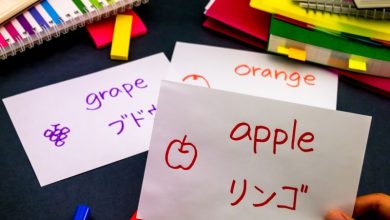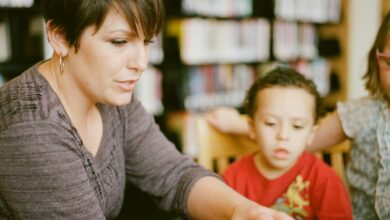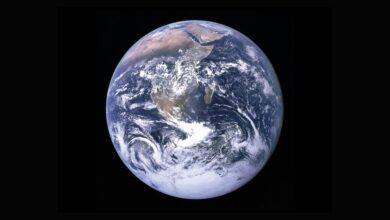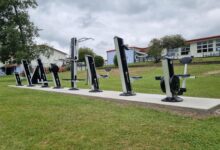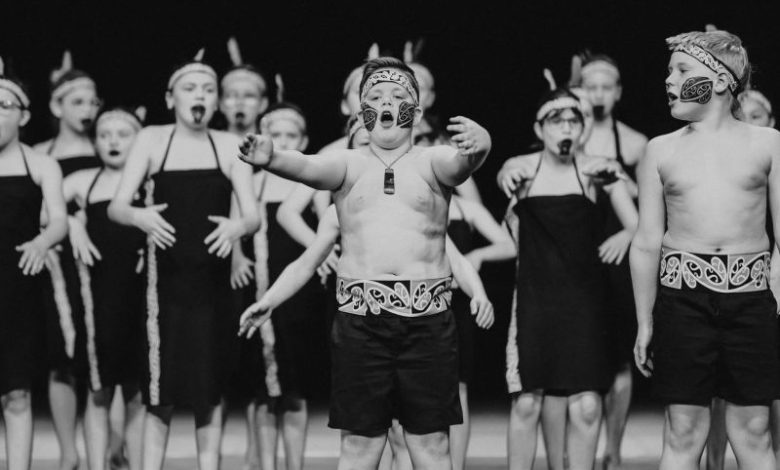
Just a short drive away from Invercargill’s town centre lies the semi-rural community of Ōtātara. With a population of around 3000, the beating heart of its community is Otatara School, catering for approximately 300 students from Years 1 to 6.
At Otatara School, the graduate learner profile demonstrates the philosophy that underpins their teaching. The school’s aim is to foster “connected, self-managing learners, striving for excellence”.
Read the latest print edition of School News HERE
One of the strongest pillars of learning at Otatara is connection. The school values include manaakitanga, whanaungatanga and kaitiakitanga, and these values are explicitly integrated into teaching and learning practices through strong reciprocal relationships with people and place.
A rich geography
“We have a reserve of national significance – a Tōtara reserve on sand dunes – right across our fence. We have a connection with that ngahere, but we also have two rivers, we have an estuary and we’re quite close to the beach as well. On our doorstep we have rich natural resources that we utilise as part of our learning.”
Sharon Livingstone is the Tumuaki of Otatara School and has been working there for 16 years. Previously, Livingstone had a long career in initial teacher education and professional development with the Dunedin College of Education and then The University of Otago. For Livingstone, Otatara School’s unique location was her motivation for taking the principalship.
“I hadn’t really thought about principalship because I really enjoyed initial teacher education… but it was the setting of this school that really attracted me to the position.
“This school is really a recognised community. It’s a little bit removed from [Invercargill] and it’s got the most amazing connection to the natural world. The ability to be involved in the development of a localised curriculum that was connected so closely to the environment was a real attraction for me.”
Carla Werder, Deputy Principal at Otatara School, said that she was similarly attracted to the school’s unique context, as well as the opportunity to work with Livingstone. Werder said that the outdoors had a huge role in her own upbringing, and she wanted to bring that opportunity to a new generation, as well as her colleagues.
“Education outside the classroom is something I’ve always really enjoyed and have a particular passion for.
“I was very lucky growing up that we spent a lot of time in the outdoors wandering, noticing and having to figure out which tree was which, what bush to eat a berry off if we were hungry. I’ve got a lot of confidence and ease in the bush, and I want other people to have that too.”
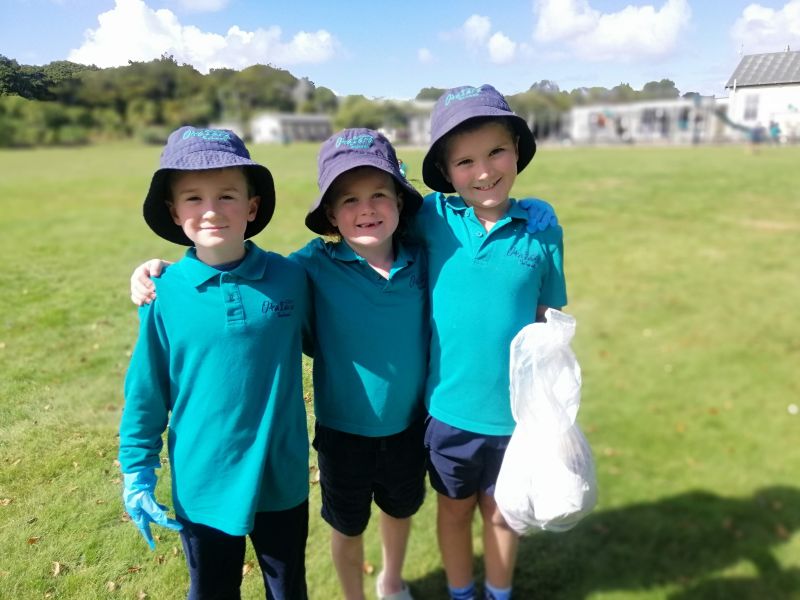
A connected community
Otatara School doesn’t just have a unique geography, it also has a tight knit community, with families that have a strong, multi-generation connection to the area.
“We have whānau that are passionate about telling stories and history. They’ve got strong roots here, it’s their tūrangawaewae, and so they’re passionate about making a difference, particularly around the environment,” says Werder.
A strong part of the school’s journey with the local community and environment is its role as kaitiaki. Otatara School shares this caretaker role in partnership with other community groups, and they share a similar long-term view on sustainability and looking after the whenua.
“We’re looking at sustainability and change over a long, long time. We know what we do right now will make a significant difference in 100 years. Even our parent group are always thinking of big projects… it’s not just about the students we have right now, but about their kids, and their grandkids,” says Werder.
For Werder and Livingstone, maintaining reciprocal relationships with the community is crucial to the philosophy of Otatara School as people and place are inextricably linked.
“Sharon has created a relationship where she went and gave and gave and gave time and students and effort, but never asked for anything back. It was a real investment,” says Werder.
Now, Otatara School and its students are seeing the results of that investment in the connection and sense of belonging the school has in the wider community. Werder gives the example of the local Invercargill City Council: “I would say we’ve got a really good relationship with them, and we’ve been involved in the consultation processes.
“They never involved children or students before, but they’ve started consulting now. We’ve had councillors come out to work with groups of children and they saw the power in that.”
“It was a shift for the council,” added Livingstone. It’s just one example of how the school actively seeks to embed itself in the wider community.
“Relationships are central to what we do and how we do it. We really invest in those relationships and recognise their centrality,” says Livingstone.
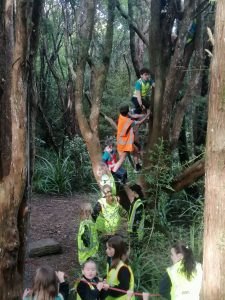
One key relationship for the school is the partnership with the attached early childhood centre. Livingstone says they work closely with the ECE to ensure a seamless transition. The ECE is aware of the school’s graduate profile and their curriculum, and the two work together to meet the community’s needs for their tamariki.
Another key relationship for Otatara School is with mana whenua through the local Rūnanga o Ngāi Tahu. Livingstone describes the school’s ongoing journey to connect with and understand mātauranga Māori.
“It’s involved learning about the history of this area, the ecology of the area, and working closely with the kaumatua from the rūnanga.”
Livingstone says that Otatara School was fortunate to have a teacher only day where kaumatua from the rūnanga accompanied staff from a few schools in a bus through the rohē. The group began at the marae, where the whakapapa of mana whenua was shared. There was then a tour of culturally and historically significant sites in Ōtātara.
“The sharing of that codified knowledge was really powerful for us,” said Livingstone.
Since then, the rūnanga has worked in partnership with the school to develop a programme for sharing their traditional knowledge across the community, telling pūrākau through games.
“Growing our understanding in that space and giving effect to Te Tiriti has been a big part of our journey. And within that was the development of the connection with the natural world, with the environment. Knowing the place that we’re standing on and understanding it.
“That’s the connected part of the graduate profile: connected to who we are, connected to where we are, connected to what’s around us.”
A culture of growth and coherence
Both Livingstone and Werder describe a culture of growth within the school, both for kaimahi and ākonga.
“Students have got agency. They’re self-managing, they have voice and they can contribute. That’s all built-in and part of the student graduate profile,” says Livingstone.
This value informs Otatara School’s approach to teaching strategies, practices and interventions. Werder describes their school’s policies as putting restoration front and centre.
“The restorative aspect and forgiveness is a really huge part of our culture. We’re all learners, we all make mistakes and we will always give opportunities to fix those mistakes and make it right.
“There’s still accountability and consequences, but more natural consequences as opposed to punitive.”
That culture of initiative and accountability extends to the teaching team, too. Werder and Livingstone say that problem solving is a huge part of the school’s staff culture, and their team are dedicated to ensuring the best outcomes for any child that comes to Otatara School.
This encompasses working with individual children and whānau, but also seeking and engaging with opportunities such as the Royal Society Science Teaching Leadership Programme and the BLAKE Inspire for Teachers programmes to extend the capacity of their team.
Werder adds that under Livingstone’s leadership, the opportunities that teachers take on are “quite considered”.
“We’re very clear about what it is that we need, what opportunities will contribute to our graduate profile and grow the capacity of teachers that can then ripple out to the wider team,” says Livingstone.
For Livingstone, this considered approach is important to ensure coherence across the school.
“Part of that coherence sits at a high level… we want teachers to have the flexibility to be dynamic in the way they respond to the curriculum and allow them to activate the agency of their students.”
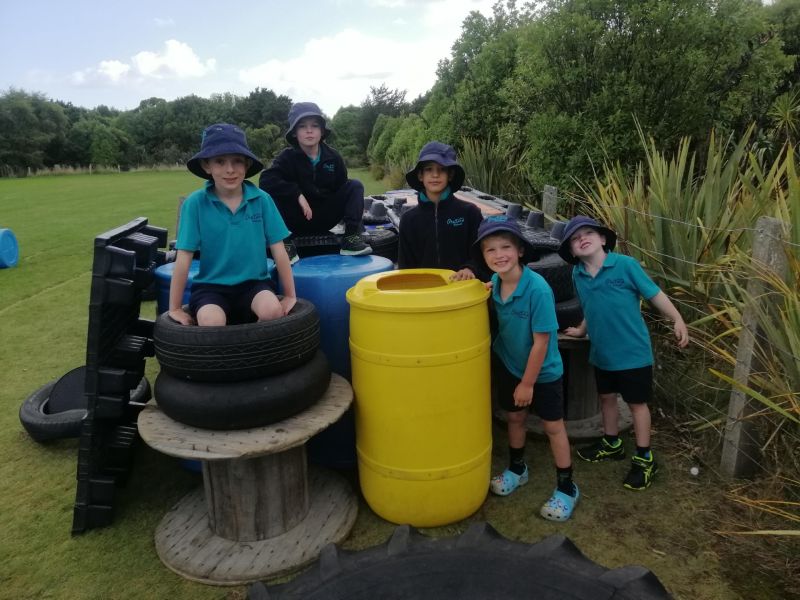
On the shoulders of giants
Livingstone highlights the ongoing nature of the school’s work to ensure they meet the holistic needs of their students and community. She notes that there have been a variety of pedagogical influences on the school’s current values, localised curriculum and graduate learner profile that continue to work well for the community.
“When we think about our localised curriculum, we think about standing on the shoulders of giants,” says Livingstone.
Livingstone goes on to tautoko many pillars of the education community, including Ann Pelo, Wally Penetito, Elwyn Richardson, Sir Ken Robinson, Pennie Brownlee and Professor Russell Bishop.
“They’re just a few of the people that have been really influential… we weave that research and pedagogy through our school identity,” says Livingstone.
And that strength of identity and clarity of vision and values have enabled the school to thrive. Otatara School’s most recent ERO evaluation, released in April of 2024, found that learners experienced “a school learning climate that is consistently positive, inclusive and culturally responsive”. The ERO also found a strong mutual trust between the school and the wider community, which contributed to learners’ “strong sense of belonging and connection with the school.”
“There’s three things we’ve got to do every day,” says Werder. “And that’s laugh, sing and move. This is who we are and we’re really proud of it.”



